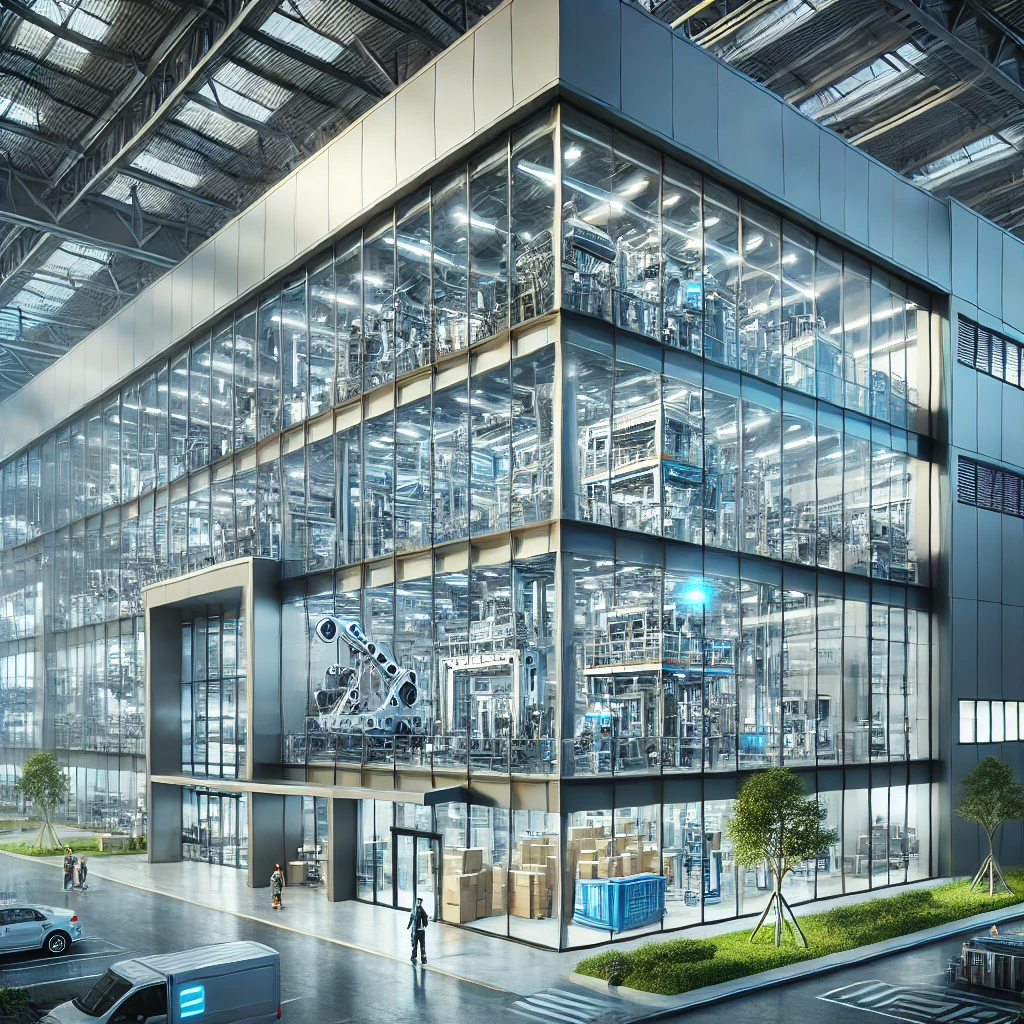
The “Regional Projects” page highlights and describes key initiatives and projects implemented within a specific region. The primary goal of this page is to provide visitors with comprehensive insights into the activities of local authorities or organizations aimed at infrastructure development, improving the quality of life, and supporting socio-economic growth.
Structure of the Page
1. Main Title and Introduction
At the top of the page, the title “Regional Projects” is prominently displayed, immediately drawing attention to the regional focus. The introduction typically provides a brief overview of the goals and objectives of the projects, as well as their significance for the region.
2. List of Projects
The page contains a well-organized list of projects grouped into thematic categories. These may include:
- Infrastructure development (roads, buildings, engineering networks);
- Educational initiatives (schools, courses, programs for students);
- Environmental programs (clean-up campaigns, waste recycling, greening projects);
- Social projects (support for low-income families, job creation);
- Innovation and digitalization (IT technologies, smart cities).
Each project is presented as a card or heading with a brief description, implementation stages, and expected outcomes.
3. Visual Elements
Photos, infographics, or charts are often used to illustrate the progress of projects. For instance, a map might highlight areas where work is being carried out, or data on completed tasks could be displayed.
4. Contact Information and User Interaction
At the bottom of the page, contact details for responsible individuals or organizations are usually provided, allowing visitors to ask questions or share suggestions. Additionally, a feedback form or links to social media may be available.
Target Audience
The page is designed for a wide audience, including:
- Local residents, who want to stay informed about regional changes and innovations;
- Entrepreneurs and investors, interested in collaboration opportunities;
- Journalists and researchers, analyzing regional development;
- Public organizations, aiming to participate in social or environmental initiatives.
Importance of the Page
The “Regional Projects” page serves several essential functions:
- Informing the public. It keeps residents and stakeholders updated on significant developments.
- Promoting transparency. Local authorities demonstrate openness by sharing plans and results.
- Encouraging participation. Residents can actively contribute to discussions, submit proposals, or volunteer.
Conclusion
The “Regional Projects” page is a vital tool for showcasing regional achievements, engaging the public, and fostering trust between authorities and residents. It demonstrates that regional development is a collaborative effort among government, businesses, and local communities, all working towards improving living conditions and addressing pressing issues.







